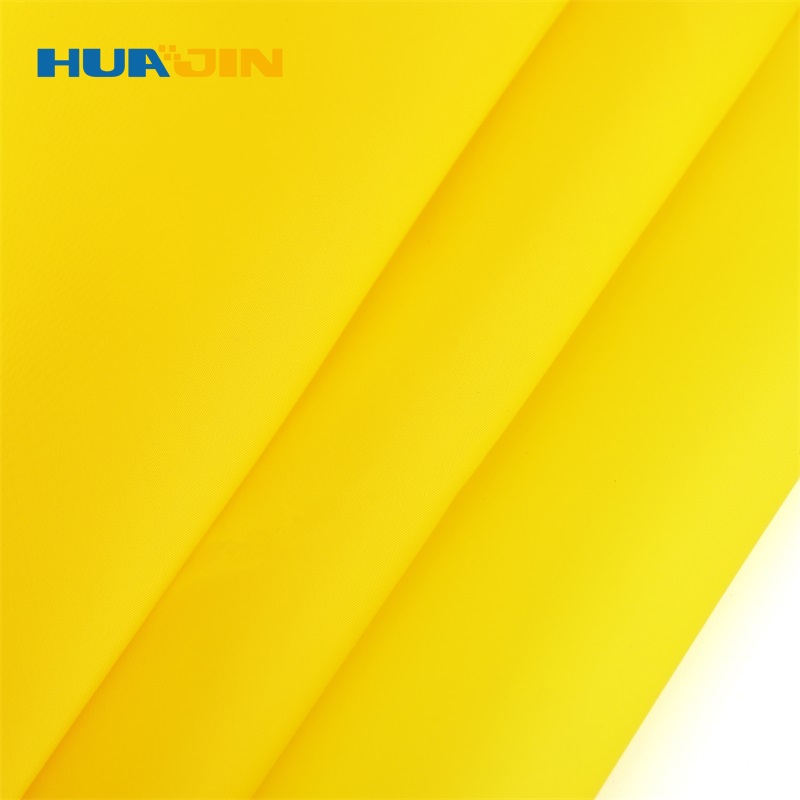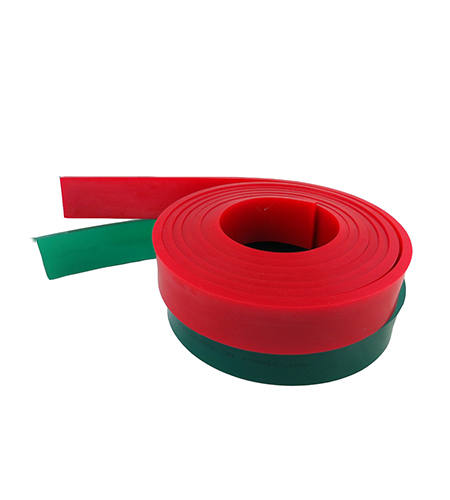The electrostatic current is generally small, but the potential difference is very large. At the same time, phenomena such as attraction, repulsion, conduction, and discharge can occur. ① Adverse effects on screen printing. When printing the screen, the rubber part and the screen are electrified due to the pressure and scraping of the squeegee rubber. The screen itself is electrified, which will affect the normal inking and cause blockage failure; it will be sucked by the screen at the moment of output of the substrate; ② the method of preventing static electricity. The methods to prevent static electricity are: adjust the ambient temperature and increase the air humidity. The appropriate temperature is generally about 20°C and the relative humidity is about 60%; static electricity can be transmitted in the wet air;

7. The size of the finished ink film is enlarged
After screen printing, the print size may sometimes expand. The main reasons for the enlargement of the printing size are the relatively low viscosity of the ink and the excessive fluidity; the enlargement of the size of the screen printing plate during production is also the reason for the enlargement of the printing size. In order to prevent the ink from overflowing around after printing due to the excessive fluidity of the ink, resulting in a larger printing size, consider increasing the viscosity of the ink to reduce the fluidity of the ink. When making screen printing plates, it is necessary to strictly ensure the quality of the screen printing plates and ensure the tension of the screen printing plates.
8. Ink leakage from the printing plate
A part of the plate film leaks ink, which is called ink leakage fault. The reasons are: part of the scraper is damaged; the pressure of scraping the ink is large; the gap between the plate and the glass is too large; the plate frame is deformed greatly, and the local printing pressure is not enough: The ink is uneven; the screen is too thin; the printing speed is too fast, etc. If dust is mixed on the glass and in the ink, and the printing is performed without treatment, the plate film will be damaged due to the pressure of the squeegee; pinholes caused by insufficient exposure during plate making, etc., will cause the plate film to leak ink. At this time, you can use adhesive tape, etc. to stick it from the back of the plate for emergency treatment. If this operation is not very rapid, the ink on the plate will dry, and the entire plate has to be wiped with solvent. Wiping the plate is also a cause of plate film peeling, so it is best avoided. The ink leakage of the plate often occurs in the part where the ink stays, so it is best to strengthen this part when making the plate.
9. Moisturizing
Moisturizing refers to the spot-like imprints on the graphic and dark parts on the glass surface, which damages the printing effect. Glass screen printing is easy to produce this phenomenon. The reasons are as follows: the printing speed and the drying of the ink are too slow; the ink layer is too thin; the thixotropy of the ink is large; the influence of static electricity; the pigment in the ink is poorly dispersed. Dot blot. The improvement method is: improve the fluidity of the ink; use a fast-drying flux; print with a high-viscosity ink as much as possible: increase the wet film thickness of the ink, try to use the ink made of pigments with low oil absorption: minimize the influence of static electricity .
10. Image warping
The printing pressure added by the squeegee to the printing plate during printing can make the line contact between the printing plate and the printed object, and it should not be exceeded. If the printing pressure is too large, the contact between the printing plate and the substrate will cause the screen to expand and contract, resulting in deformation of the printed image. Screen printing is the printing with the smallest pressure among various printing methods. If we forget this, we will not be able to print good prints. If the printing cannot be done without increasing the pressure, the gap between the layout and the glass surface should be reduced, so that the pressure of the squeegee can be reduced.



